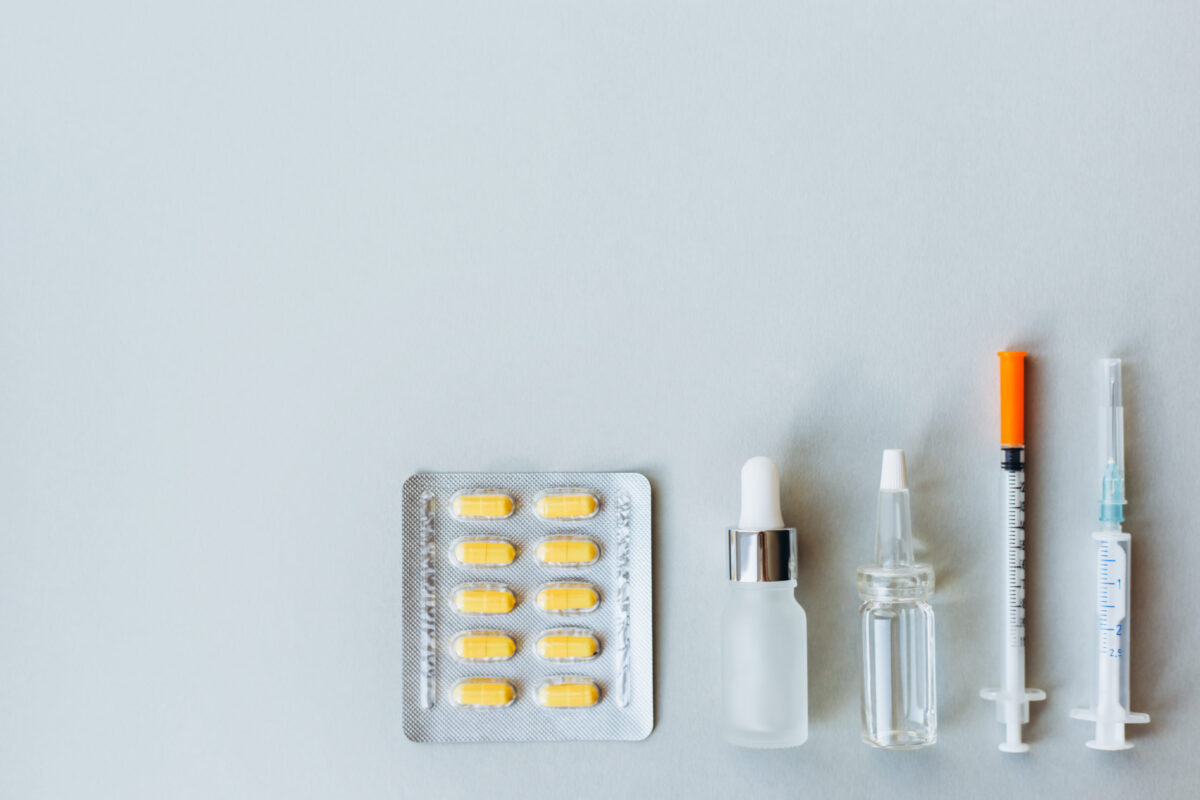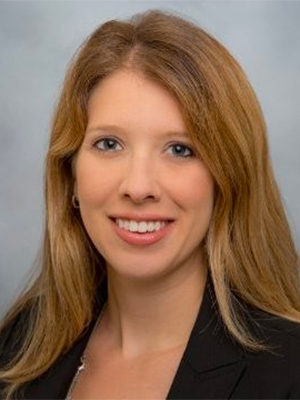With the Food and Drug Administration (FDA)’s approval of Harvoni, the successor to Gilead Science’s Sovaldi, the alarm bells have officially rung on breakthrough hepatitis C treatments.
One can’t open a newspaper or scan a Twitter feed without stumbling on at least one reference to either of the these two drugs for hepatitis C – an often debilitating viral infection impacting the liver that affects somewhere between 3 to 5 million Americans and several hundred million people worldwide. Hepatitis C infection is often asymptomatic and can have long latency periods. In up to 20 percent of people, chronic infection can lead to liver failure, liver cancer, and potentially liver transplantation.
Gilead Sciences paid $11 billion to acquire the rights to Sovaldi – a drug that offers significant improvement in viral clearance over existing therapies – and launched the drug in the U.S. market at a price ($1,000 per pill, or $84,000 per course of treatment) that is usually reserved for drugs targeting “orphan conditions” for much smaller populations. Not surprisingly, Congress has taken an interest, patient advocacy groups are organizing, the health care community is holding conferences, coalitions are channeling a growing national outrage about the price, and public and private payers are stymied by the challenge of responsibly managing utilization of the drug.
The growing concern about Sovaldi has so far been ineffective in influencing Gilead’s pricing strategies. Harvoni is expected to be more widely prescribed and comes with an even higher price tag than Sovaldi: $94,500 per 12-week treatment. Even though some patients will not need to take Harvoni for the full 12-week course, marginally lowering the price of a “cure,” the overall spending on these drugs will continue to be staggering. Sovaldi is on track to become the world’s best-selling drug (in terms of total dollars spent on the drug by payers and patients), most likely exceeding $10 billion in sales in its first year on the market. It took the blockbuster drug Lipitor almost nine years to reach its record-breaking $12.9 billion sales mark.
The Focus of a New National Dialogue
While high-priced specialty drugs are certainly not news makers themselves, the dramatic increase in the portion of health care spending related to their use is beginning to raise eyebrows. In 2012, specialty drugs represented just one percent of prescriptions written nationwide but accounted for 25 percent of the $263.3 billion spent on all prescription drugs.
As discussed by Alan Lotvin et al. in the October Health Affairs article, “Specialty Medications: Traditional And Novel Tools Can Address Rising Spending On These Costly Drugs,” examples of these very high-priced specialty drugs are easy to find – while other existing specialty drugs like chemotherapeutic agents increased from an average of $5,000 a month to $10,000 a month in under a decade. The immediate-release form of Cysteamine bitartrate (indicated for the treatment of nephropathic cystinosis, a relatively rare condition) is currently priced at approximately $10,000 a year, and the recently launched, delayed-release version of the drug was put on the market at $400,000 to $800,000 a year – same chemical, same mechanism of action.
To date, these drugs and other high-priced medical interventions have managed to fly under the radar of our national consciousness for a couple of notable reasons. First, they are typically reserved for small populations of people suffering from relatively rare conditions, and the cost of the therapy is spread over a larger population in the risk pool. Second, for high-priced interventions like heart transplants, the price tag is justifiable to society, if only for the sheer number of people and supplies needed to successfully carry out the procedure. The heart surgeon and other medical staff, the pharmacy, the hospital, the home health agency, the ambulance provider, and the medical supplies company all provide a service that helps the patient get well.
In the case of Sovaldi and pipeline drugs, the intervention shouldn’t really be “high-priced.” Broad populations of people infected with a debilitating disease can be treated with a single pill that costs pennies to produce, but a single for-profit pharmaceutical manufacturer and its shareholders are being rewarded far beyond any reasonable rate of return for their investment. Because of this, Sovaldi and Harvoni are catalyzing a new dialogue, one characterized by much outrage but few easy or obvious solutions.
Harvoni Raises the Stakes
Despite Gilead’s impressive global earnings statements, the use of Sovaldi in the United States has been relatively limited to date. It is not effective when used alone, and for the majority of patients infected with hepatitis C, it must be given along with interferon, an intravenous-based therapy that is laden with serious side effects. Simply put, until now specialists have been using Sovaldi to treat only the patients with the most advanced disease, in anticipation of Harvoni, an all-oral, interferon-sparing drug with lower side-effect profiles. Harvoni is bound to create a new wave of cost and access issues that dwarf those of Sovaldi, as the patients who have been “warehoused” until now begin to receive treatment. When you take into account Gilead’s direct-to-consumer advertising campaign and a newly released set of national screening guidelines for hepatitis C, the wave starts to look like a tsunami.
The Real Threat of Unsustainable Drug Pricing
For some, health care reform evoked concerns that, given limited resources, the government would somehow take the place of the physician in the exam room. Despite the critics’ dire warnings and the public’s extraordinary fear, these concerns ultimately proved to be based only on half-truths and talk-show gossip. But the issue of Sovaldi, and now Harvoni, has started a more pressing conversation about health care resources – one that is rooted in reality.
The professional medical societies that develop clinical guidelines for the management of hepatitis C have had to revise their treatment recommendations on Sovaldi. They are urging providers to treat only the sickest patients with the most advanced disease at this time, based on “limited societal resources.” The unsustainable price of these drugs has forced a scientific community, traditionally focused on the quality and safety of therapeutic interventions, into an untenable position while we await their recommendations on Harvoni.
In the United States, pharmaceutical companies set the price for the drugs they manufacture and let the doctors, patients, and payers grapple with the massive tradeoffs that result. We are short on policy options to mitigate dilemmas such as who receives treatment and who doesn’t, whether or not cuts will be made to education and transportation funds in state and federal budgets, what other health care services we will provide less of, and where patients and payers will find the money they need to access the drug.
The price that Gilead set for Sovaldi and Harvoni has led many Americans, sitting in conference rooms, doctors’ offices, kitchen tables, and Congressional hearings, to ask hard questions about how we will be able to afford these life-saving innovations. Unlike the fear created by the health reform debate, the threat of restricting access to lifesaving drugs like Sovaldi and Harvoni is real, but the national dialogue about the need for more resources misses the mark. We have the resources to pay for a fairly priced treatment, but that is of no help when the treatment is not priced fairly. and policy discussions sparked by this issue have begun to address that.


